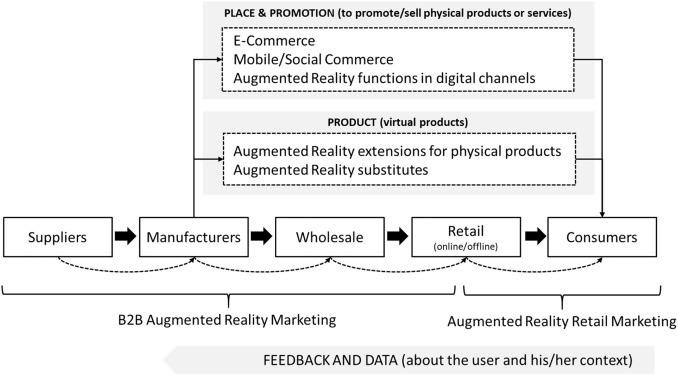Global Policies Shaping the Future of Education: Key Trends and Impacts Explained
Introduction: The Evolving Landscape of Global Education
Education is universally recognized as a key driver of personal growth, societal progress, and economic development. In the 21st century,rapid technological advancements,global interconnectedness,and shifting societal needs are pressing policymakers worldwide to rethink the future of education. Global policies shaping the future of education aim to create equitable, inclusive, and adaptive systems that prepare learners for the challenges and opportunities ahead. In this comprehensive guide,we explore the most meaningful educational policy trends,their impacts,and what they mean for students,educators,and societies around the world.
Key Global Trends in Educational Policy
1. Emphasis on Equity and Inclusion
Modern educational policies increasingly focus on eliminating disparities to provide quality learning opportunities for all.Landmark efforts such as UNESCO’s Education 2030 Agenda and the Sustainable Development Goal 4 (SDG 4) prioritize inclusive education by:
- Ensuring access to education for girls, minorities, and marginalized communities.
- Addressing barriers faced by children with disabilities.
- Promoting gender equality and diversity in curricula.
- Developing policies for refugee and migrant learners.
2. Adoption of Digital and Technological Innovations
The COVID-19 pandemic accelerated the integration of technology into education systems worldwide. Global education policies are now focused on:
- Expanding access to affordable internet and devices for remote learning.
- Fostering digital literacy and critical thinking skills.
- Investing in teacher training for effective use of EdTech tools.
- Developing blended and hybrid learning models for greater adaptability.
3. Promoting Lifelong Learning and Skills Development
With rapidly shifting labor markets, lifelong learning is now at the heart of educational reforms. Policies globally encourage:
- Continuing education opportunities for adults and reskilling initiatives.
- Partnerships between educational institutions and industry to align curricula with workforce needs.
- Integration of soft skills—such as communication, collaboration, and adaptability—into all levels of education.
4. Greening Education for Sustainable Futures
There is rising recognition that education is pivotal to achieving sustainability goals. Recent global policies emphasize:
- Integrating environmental education in school curricula.
- Promoting global citizenship and environmental stewardship.
- Encouraging eco-amiable school infrastructure and practices.
The Impacts of Global Educational Policies
Positive Transformations
- Narrowing Gender Gaps: Targeted policies have contributed to an increase in the enrollment of girls and women,especially in STEM fields.
- Enhanced Access: Initiatives such as free primary education and digital inclusion projects have increased enrollment rates worldwide.
- Greater Diversity: Policies promoting multiculturalism and multiple languages help foster more inclusive educational environments.
Ongoing Challenges
- Resource Disparities: Low-income and rural regions still face significant resource and infrastructure gaps.
- Digital Divide: Unequal access to technology exacerbates existing inequalities.
- Policy Implementation Gaps: Practical execution of aspiring policies is sometimes hampered by financial, administrative, or political barriers.
Case Studies: Policy Impacts Around the Globe
1. Finland: Championing equity and Teacher Autonomy
“The Finnish model is a beacon for high-quality public education.”
- Provides free education including university-level courses.
- Empowers teachers with autonomy and emphasizes professional development.
- Minimizes standardized testing, instead focusing on holistic child development.
2. Kenya: Advancing digital Literacy
- Implemented the digital Literacy Program for all primary schools.
- Distributed over a million digital devices to schools,supporting both students and teachers.
- Facilitated extraordinary improvements in digital skills and inclusion, especially in rural communities.
3. Singapore: SkillsFuture Programme
- mandated lifelong learning as a national imperative.
- Provides citizens with SkillsFuture Credits to invest in certified courses throughout their careers.
- Successfully bridges the gap between education and evolving job market needs.
Practical Strategies: Navigating Global Educational Policy Trends
For Educators
- Stay updated on international best practices via workshops, webinars, and peer networks.
- adopt inclusive pedagogies—differentiate instruction to meet diverse student needs.
- Leverage open educational resources and EdTech to enhance teaching efficacy.
- Promote environmental and global citizenship awareness in classroom projects.
For Policymakers
- Engage stakeholders—students,teachers,communities—in the policy design process.
- Prioritize investments in infrastructure, especially for under-resourced areas.
- Regularly assess policy impacts and remain agile to adapt as new challenges emerge.
- Build international collaborations to share knowledge and resources.
For Students and Parents
- Seek out flexible and lifelong learning opportunities—online courses, vocational training, and extracurriculars.
- Advocate for equitable access and inclusion within your local education systems.
- Embrace digital tools and platforms to enhance learning outcomes.
Benefits of Forward-Thinking Education Policies
- Empowered Learners: Students gain skills and competencies necessary for the future workforce.
- Resilient Systems: Adaptive policies create education systems that can withstand disruptions, such as pandemics or climate crises.
- Global Competitiveness: Countries with innovative education systems foster greater economic growth and stability.
- Social Cohesion: Inclusive and equitable access to education promotes harmonious and just societies.
First-Hand Experience: Voices from the Field
“I’ve witnessed how our country’s new digital initiatives have opened doors for students who previously faced barriers.More than just tech, it’s about giving every child a chance to learn, dream, and succeed.”
— Jane N., Primary Teacher, Nairobi
“Skills-based learning gave me confidence to pursue different careers. The policy encouraged me to become a lifelong learner, which has made all the difference.”
— Wei L., Student, Singapore
Conclusion: Shaping a Brighter Educational Future Together
The future of education will be charted by the global policies and collaborative efforts of governments, educators, communities, and innovators worldwide.While challenges persist, the commitment to equity, innovation, sustainability, and lifelong learning is driving transformative change. By understanding the key trends and actively participating in their local and global implementation, stakeholders at every level can play a vital role in shaping inclusive and resilient education systems for future generations.
Whether you’re a policymaker, teacher, parent, or student, staying informed about global policies shaping the future of education is essential in contributing to an empowered, adaptable, and sustainable world. Let’s continue to learn, adapt, and inspire change—together.

